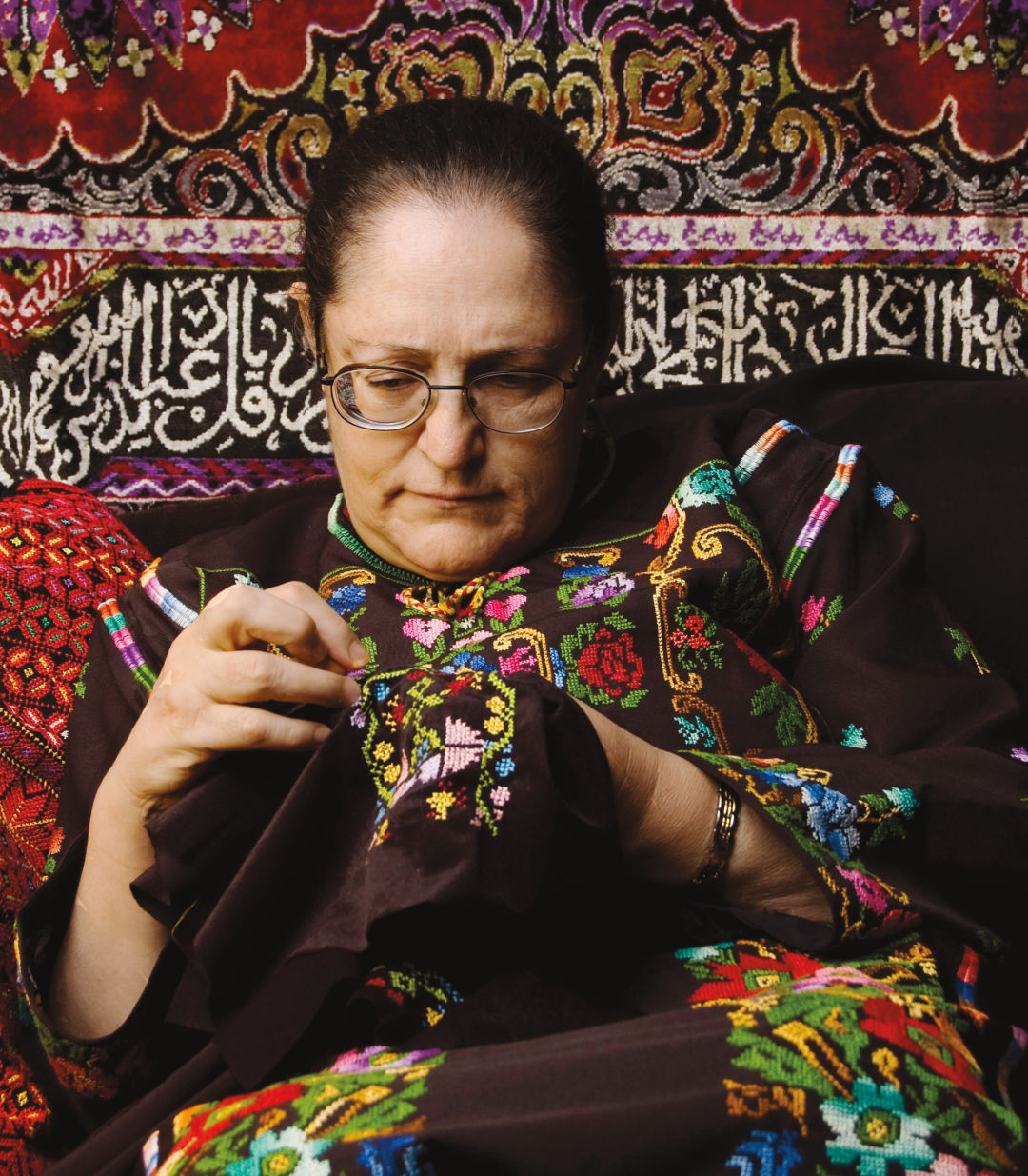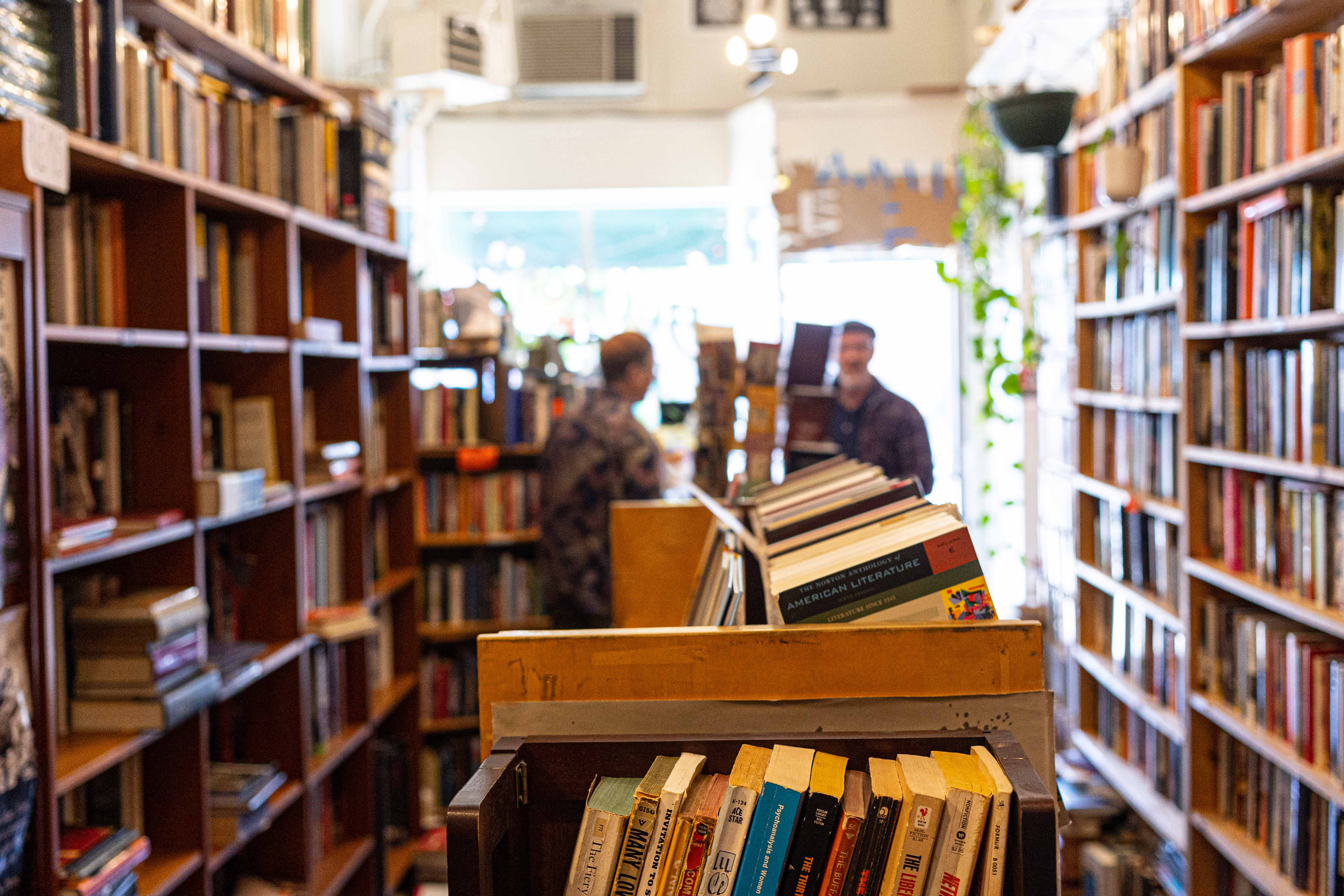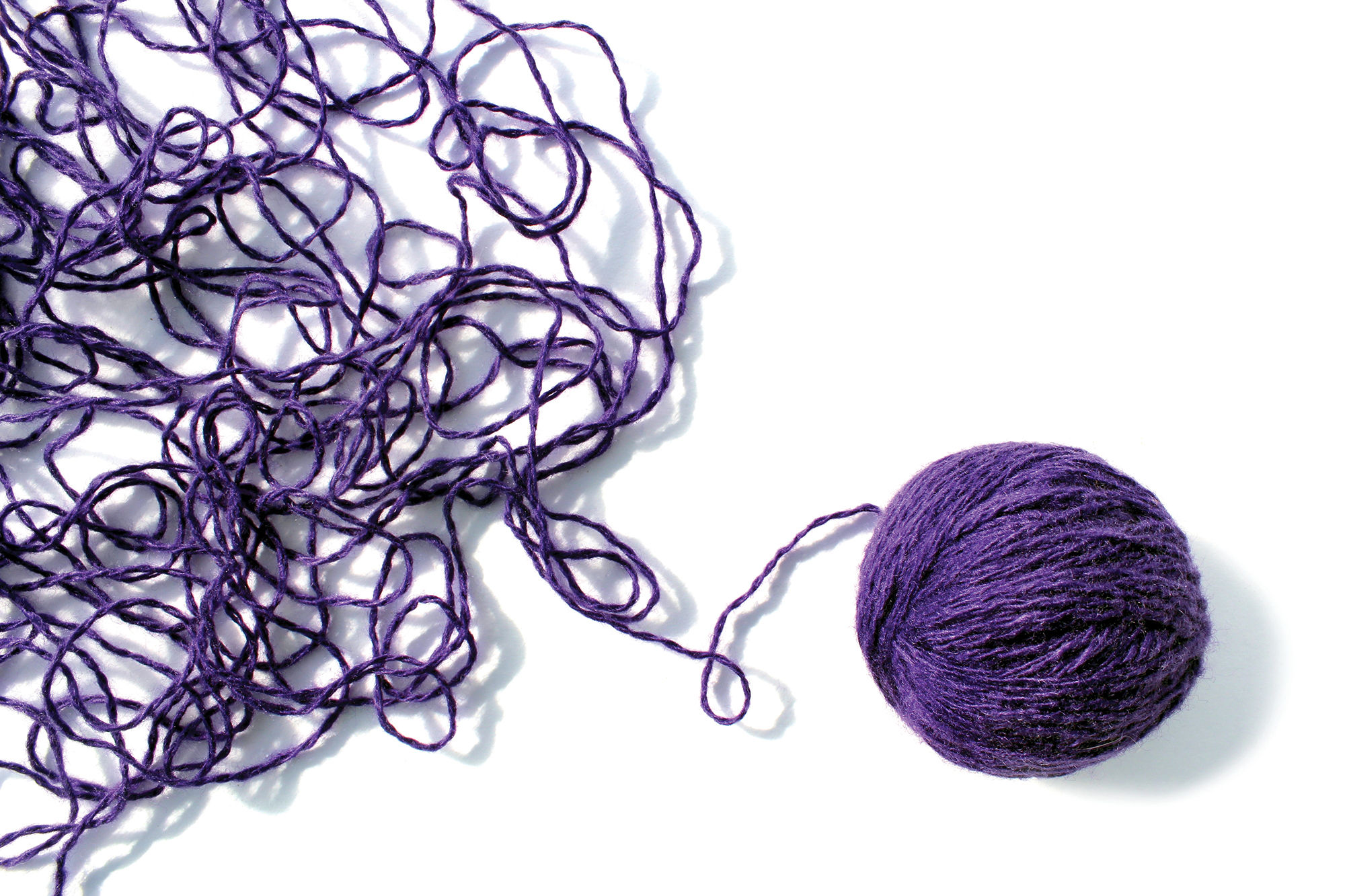An Oregonian Keeps the Art of Palestinian Embroidery Alive

Feryal Abbasi-Ghnaim
Feryal Abbasi-Ghnaim was just 2 years old when violence hit her hometown of Safed, Palestine. It was 1948, and her family fled what's now known as the First Arab-Israeli War, taking nothing. They eventually settled in Jordan. Seventy years later, Abbasi-Ghnaim has never returned. But from her home in Milwaukie, Oregon, where she’s lived since 1989, she works to keep her connection to Palestine alive via tatreez, a centuries-old tradition of intricate cross-stitch embroidery. She’s embroidered countless dresses, pillows, and wall hangings, and mentored young people of Palestinian descent (as well as her own three daughters).
In June, the National Endowment for the Arts named Abbasi-Ghnaim one of nine National Heritage Fellows—an award celebrating traditional arts that comes with a $25,000 prize.
When did you first encounter tatreez?
I started [being] curious at 2 years old. Everything around me was either embroidery or crochet. At 7, I started using a needle—but a plastic needle so I didn’t hurt myself. By age 9, I made my first piece, a peacock. I was so proud.
How did you learn?
Every day in the afternoon, once women finished chores, they gathered outside to make embroidery. I used to sit with them and try to watch and learn. I liked to listen to the stories—about their families, attending a wedding, what they are planting in their garden. There was no TV at the time. Even the radio wasn’t something women liked to hear. It was mostly for men.
The embroidery patterns tell stories. How?
It’s like a book. These women never went to school. My mother couldn’t write or read. But they used needle and thread instead of paper and pen. Embroidery is unwritten language transferred from woman to woman in silence.
How does it feel to receive this NEA fellowship?
It makes me more proud that I am Palestinian. When people ask me where I come from, I cannot say I am Arab, I am Palestinian, I am Muslim, [because] people have a wrong idea. But now I have more power to say the truth. The award gives me the ability to expand my work. I can buy more materials. I used to go to yard sales and thrift stores. Now I can make more projects and reach more people.
Why is teaching young people important to you?
The idea is to teach another generation from your own community, to pass on the art, to keep it alive. It’s true we lost our homeland—we lost everything—but we can hold tight to our heritage. The apprentices I’ve taught through the years, they are doing the art and teaching it. This is a very good sign. For me, I feel I’ve succeeded.




